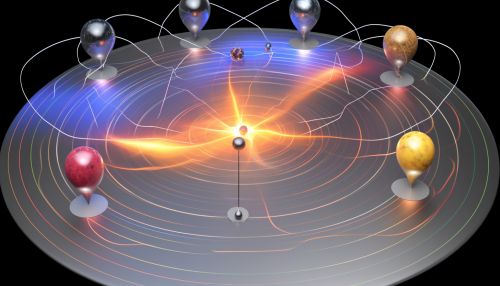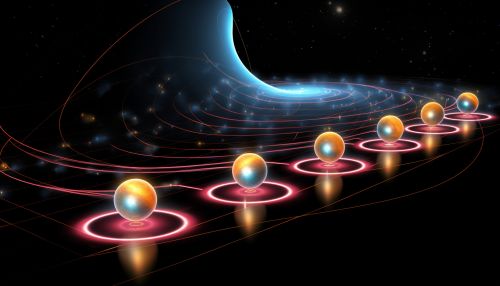Planck Units
Introduction
Planck units are a set of physical units defined in terms of five fundamental physical constants, in such a way that these five physical constants take on the numerical value of 1 when expressed in terms of these units. They are a system of natural units because the origin of their definition comes only from properties of nature and not from any human construct. Planck units are only one of several systems of natural units, but Planck units are not based on properties of any prototype object or particle (a "thing"); rather, Planck units are based only on properties of free space.


History and Development
The concept of Planck units was first proposed by physicist Max Planck in 1899. Planck was the first to note that other combinations of the gravitational constant, the speed of light, and the Planck constant could yield a set of logically independent and dimensionless physical constants. However, at the time, Planck's proposal was largely a theoretical construct, and it was not until much later that the significance of his work became widely recognized.
Fundamental Constants
The five fundamental constants that define the Planck units are:
1. The speed of light in a vacuum (c) 2. The Planck constant (h) 3. The gravitational constant (G) 4. The Coulomb constant (ke) 5. The Boltzmann constant (kB)
These constants represent the maximum speed of light, the quantum of action, the strength of gravity, the strength of the electromagnetic force, and the amount of heat energy required to increase the temperature of a single particle, respectively.


Planck Units
The five base Planck units are:
1. Planck length (lp) 2. Planck time (tp) 3. Planck mass (mp) 4. Planck charge (qp) 5. Planck temperature (Tp)
These units represent the smallest measurable length, the smallest measurable time, the smallest measurable mass, the smallest measurable charge, and the highest possible temperature, respectively.


Significance and Use
Planck units simplify many of the equations used in physical theory. For example, the speed of light, the gravitational constant, and the reduced Planck constant are all set to 1 in the Planck system of units. This simplification, a form of nondimensionalization, is a common advantage in the study of mathematical and physical systems of units.
In addition, Planck units have physical significance. For example, the Planck length is the scale at which classical ideas about gravity and space-time cease to be valid, and quantum effects dominate. This is the point where current theories are believed to fail, so quantum gravity or a new theory like string theory is needed.


